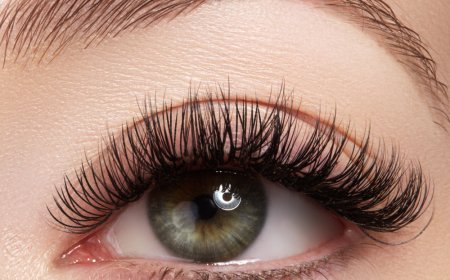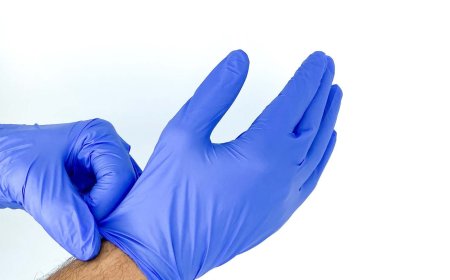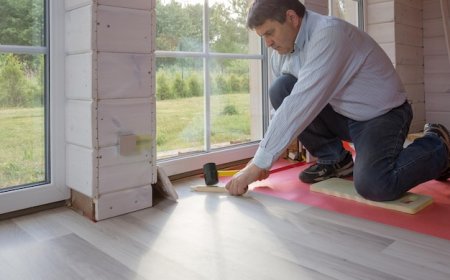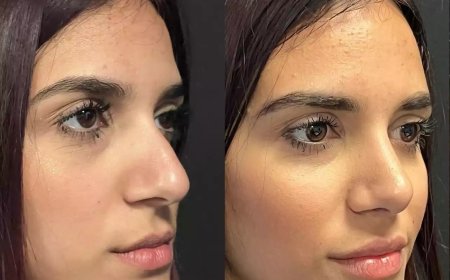Cracked Heels No More: The Ultimate Guide to Foot Repair at Home
Cracked heels can be painful, unsightly, and sometimes even embarrassing. They often develop due to dry skin, prolonged standing, walking barefoot, or lack of proper foot care. If you’ve been hiding your feet in closed shoes or avoiding sandals because of cracked heels, it’s time to reclaim your confidence. The good news? You don’t need expensive salon treatments. With the right routine and a few simple ingredients, you can heal and soften your heels at home.
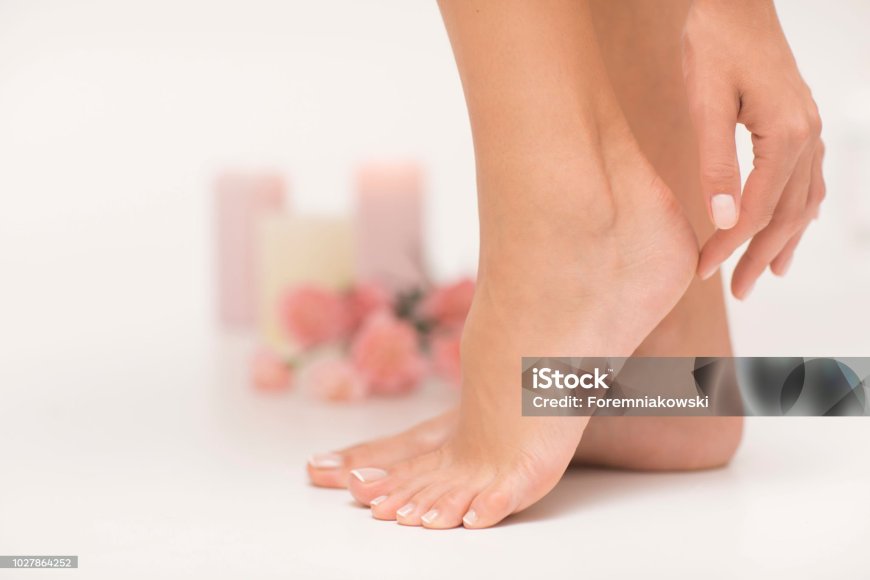
Cracked heels can be painful, unsightly, and sometimes even embarrassing. They often develop due to dry skin, prolonged standing, walking barefoot, or lack of proper foot care. If youve been hiding your feet in closed shoes or avoiding sandals because of cracked heels, its time to reclaim your confidence. The good news? You dont need expensive salon treatments. With the right routine and a few simple ingredients, you can heal and soften your heels at home.
In this guide, well cover everything you need to know about treating cracked heelsfrom identifying the cause to mastering an easy, effective home-care regimen.
Why Do Heels Crack?
Cracked heels, also known as heel fissures, happen when the skin on your heels becomes too dry or thick to remain supple. When pressure is applied (like walking or standing), the dry skin splits. The most common causes include:
-
Dry weather or low humidity
-
Standing for long hours
-
Wearing open-back shoes
-
Lack of moisturization
-
Medical conditions like diabetes, obesity, eczema, or hypothyroidism
Understanding the root cause helps you treat your heels more effectively and avoid future cracks.
Step-by-Step Home Treatment for Cracked Heels
1. Soak Your Feet
Start by softening your feet. Soaking loosens dead skin and prepares your heels for exfoliation.
How to do it:
-
Fill a basin with warm water.
-
Add a handful of Epsom salt or a few drops of essential oil (like lavender or tea tree).
-
Soak your feet for 1520 minutes.
This step relaxes your feet and makes it easier to remove rough patches.
2. Exfoliate Gently
Once your feet are soft, its time to remove dead skin.
Use a pumice stone or foot file to gently scrub the heels in a circular motion. Focus on the thick, dry areas. Avoid being too harsh, as aggressive scrubbing can lead to soreness or deeper cracks.
You can also make a DIY foot scrub:
-
2 tbsp sugar or sea salt
-
1 tbsp coconut oil or olive oil
-
Mix and scrub your feet gently
3. Apply Deep Moisturizer
After exfoliating, your skin is ready to absorb moisture. Choose a thick foot cream or natural oil that deeply hydrates.
Best moisturizers for cracked heels:
-
Shea butter
-
Coconut oil
-
Petroleum jelly (Vaseline)
-
Urea or lactic acid-based creams (for deeper cracks)
Apply generously and massage for 510 minutes.
4. Lock in Moisture Overnight
To enhance healing, apply moisturizer at night and wear cotton socks to bed. This locks in hydration and allows your feet to absorb nutrients overnight.
For deeper cracks, use liquid bandages or heel balms that are specially formulated to repair fissures.
Natural Remedies for Cracked Heels
Prefer a chemical-free approach? These natural remedies work wonders:
-
Banana Foot Mask: Mash one ripe banana and apply to heels for 15 minutes before rinsing. Rich in moisture and nutrients.
-
Honey Soak: Mix honey into warm water for a 20-minute foot soak. It acts as a natural humectant and antibacterial agent.
-
Aloe Vera Gel: Apply fresh aloe to cracked areas before bed to promote skin regeneration.
-
Oatmeal & Milk Scrub: Great for soothing inflamed or itchy cracked skin.
Preventing Cracked Heels
Treating the issue is just half the battle. Prevention ensures your feet stay soft and healthy long-term. Heres how to prevent cracks from returning:
-
Moisturize daily, especially after showering.
-
Avoid walking barefoot, especially on hard surfaces.
-
Choose supportive, closed-back shoes.
-
Drink plenty of water to keep your skin hydrated.
-
Use a humidifier in dry indoor environments.
-
Exfoliate weekly to remove dead skin buildup.
Consistency is keymake foot care a regular part of your self-care routine.
When to See a Doctor
While most cracked heels can be treated at home, severe cases may require medical attention. You should consult a podiatrist if:
-
Cracks are deep and bleeding
-
You experience persistent pain or swelling
-
You have diabetes and notice changes in your feet
-
Home treatments dont improve the condition in 12 weeks
FAQs About Cracked Heels
Q1: How long does it take to heal cracked heels at home?
A: With daily care, you can see noticeable improvement within 57 days. Deeper cracks may take 23 weeks to fully heal.
Q2: Can I use coconut oil for cracked heels?
A: Yes! Coconut oil is an excellent natural moisturizer with antibacterial properties. Use it daily, especially before bed.
Q3: Are cracked heels a sign of a medical condition?
A: Sometimes. Chronic cracked heels can be linked to conditions like diabetes, eczema, or thyroid disorders. If you're unsure, consult a healthcare provider.
Q4: Is it okay to peel off dry skin?
A: No. Peeling dry skin can worsen cracks or cause infections. Always exfoliate gently with a pumice stone or foot scrub.
Q5: Can men get cracked heels too?
A: Absolutely. Cracked heels are not gender-specific. Anyone can develop them if proper foot care is neglected.
Final Thoughts
Cracked heels are common, but with the right approach, theyre completely manageable. A little patience, consistent care, and a few natural ingredients can make your feet sandal-ready in no time. Treat your feet with the love they deservethey carry you every step of the way. Read More..












